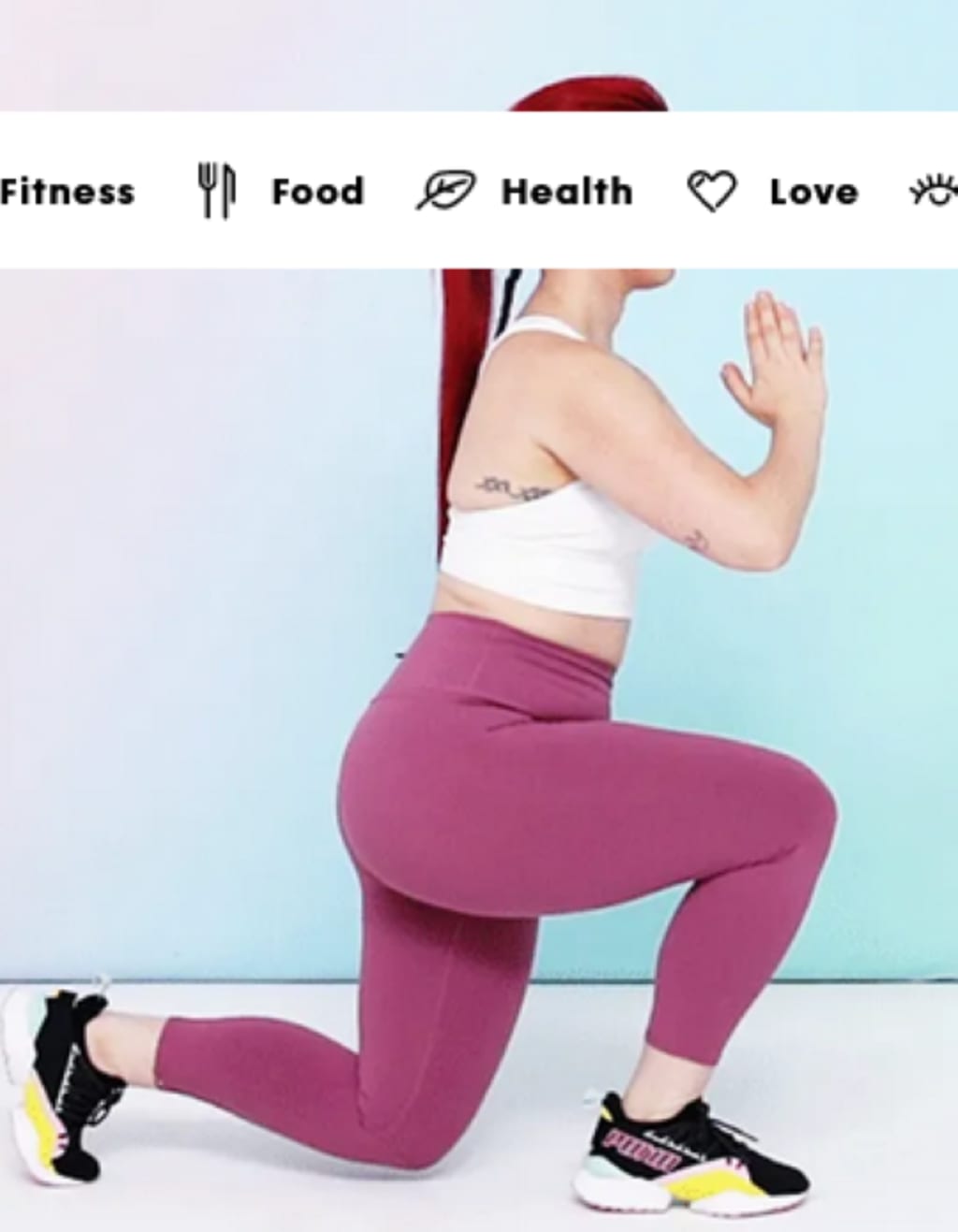The power of HIIT workout
Igniting your fitness level

Introduction:
In the world of fitness, there's a workout trend that has gained significant attention and popularity: High-Intensity Interval Training (HIIT). HIIT workouts are characterized by short bursts of intense exercise followed by brief periods of active recovery or rest. This article explores the power of HIIT workouts and how they can help you achieve remarkable fitness levels in less time.
What is HIIT?
HIIT workouts involve alternating between intense, full-body exercises and short periods of rest or low-intensity activity. Unlike traditional steady-state cardio exercises, HIIT pushes your body to its maximum effort, resulting in a more efficient and effective workout.
The Science Behind HIIT:
HIIT workouts are designed to elevate your heart rate quickly and keep it at a high intensity for short durations. This approach stimulates both aerobic and anaerobic systems, challenging your body to adapt and improve cardiovascular fitness, muscular strength, and endurance.
Benefits of HIIT Workouts:
a. Increased Caloric Burn: HIIT workouts are known for their ability to burn calories both during and after the exercise session. The intense bursts of activity require more energy, resulting in a higher calorie expenditure and potential fat loss.
b. Time Efficiency: With HIIT, you can achieve significant fitness gains in a shorter amount of time compared to traditional workouts. The combination of high intensity and brief recovery periods allows you to get an effective workout in as little as 20 minutes.
c. Cardiovascular Health: HIIT workouts improve cardiovascular fitness by increasing your heart rate and oxygen consumption. Over time, this can lead to a stronger heart, improved blood flow, and lowered risk of heart disease.
d. Metabolic Boost: HIIT stimulates the production of human growth hormone (HGH), which plays a role in muscle development, fat burning, and overall metabolism. This can help increase your metabolic rate and support weight management.
e. Muscle Tone and Strength: HIIT workouts often incorporate resistance exercises, promoting muscle growth and strength. The intense nature of HIIT stimulates the production of testosterone, leading to enhanced muscle definition.
Designing an Effective HIIT Workout:
a. Exercise Selection: Choose exercises that engage multiple muscle groups and allow for maximum exertion, such as burpees, mountain climbers, squat jumps, and kettlebell swings.
b. Work-to-Rest Ratio: Determine the appropriate work-to-rest ratio based on your fitness level and goals. Beginners may start with a 1:2 or 1:3 ratio, while more advanced individuals can aim for a 1:1 ratio.
c. Intensity Level: Push yourself during the work intervals, aiming for around 80-95% of your maximum effort. The key is to challenge your limits without sacrificing proper form.
d. Duration and Frequency: Begin with shorter sessions, such as 20 minutes, and gradually increase the duration as your fitness improves. Aim for 2-3 HIIT workouts per week, allowing ample time for recovery between sessions.
Achieving optimal performance during exercise requires more than just physical training; it also heavily relies on proper nutrition. The food and fuel you provide your body play a crucial role in enhancing endurance, strength, and recovery. This article explores the importance of nutrition for optimal performance and provides guidelines on how to fuel your body effectively for exercise.
Pre-Workout Nutrition:
a. Carbohydrates: Consuming complex carbohydrates, such as whole grains, fruits, and vegetables, before a workout provides a readily available energy source for your muscles. Aim for a meal or snack containing carbohydrates 1-3 hours before exercise.
b. Protein: Including a moderate amount of protein in your pre-workout meal can help support muscle repair and growth. Opt for lean sources like chicken, fish, Greek yogurt, or plant-based proteins.
c. Hydration: Proper hydration is essential for optimal performance. Drink water leading up to your workout, and consider adding electrolytes for longer or more intense sessions.
During Exercise:
a. Hydration: Stay hydrated during exercise by sipping water or a sports drink. The duration and intensity of your workout will determine your fluid needs. Aim to consume 7-10 ounces of fluid every 10-20 minutes during exercise.
b. Electrolytes: For prolonged or intense workouts, replenish electrolytes lost through sweat by consuming sports drinks or electrolyte-rich foods like bananas, coconut water, or electrolyte gels.
c. Carbohydrate Intake (for Endurance Exercise): If you're engaged in prolonged endurance activities lasting over 60-90 minutes, consuming easily digestible carbohydrates like energy gels, sports drinks, or energy bars can help maintain energy levels.
Post-Workout Nutrition:
a. Protein: Consuming protein within 30-60 minutes after exercise helps repair and rebuild muscles. Lean sources like eggs, chicken, fish, or plant-based proteins like tofu or lentils are excellent choices.
b. Carbohydrates: Replenishing glycogen stores after a workout is crucial for recovery. Include carbohydrates like sweet potatoes, quinoa, or whole grain bread in your post-workout meal to restore energy levels.
c. Hydration: Rehydrate your body by drinking water and electrolyte-rich fluids after exercise to replace any fluid losses.
Key Nutrients for Performance:
a. Healthy Fats: Incorporate sources of healthy fats like avocados, nuts, seeds, and olive oil in your diet. They provide sustained energy and support joint health.
b. Vitamins and Minerals: Consume a variety of fruits and vegetables to obtain essential vitamins and minerals for overall health and optimal performance. Antioxidant-rich foods like berries and leafy greens can aid in reducing exercise-induced inflammation.
c. Timing and Balance: Aim for balanced meals that contain a combination of carbohydrates, protein, and healthy fats throughout the day to support energy levels and muscle recovery.
Individualized Approach:
Remember that nutrition needs vary from person to person, depending on factors such as body composition, activity level, and specific goals. Consulting a registered dietitian or sports nutritionist can help you create a personalized nutrition plan tailored to your needs.
Conclusion:
If you're looking for a workout regimen that maximizes results in minimal time, HIIT workouts are an excellent option. The combination of high-intensity exercises, brief recovery periods, and numerous health benefits make HIIT a powerful tool for improving fitness levels, boosting metabolism, and achieving your wellness goals. Incorporate HIIT into your fitness routine and experience the transformative effects of this dynamic workout style.
About the Creator
Enjoyed the story? Support the Creator.
Subscribe for free to receive all their stories in your feed. You could also pledge your support or give them a one-off tip, letting them know you appreciate their work.





Comments
There are no comments for this story
Be the first to respond and start the conversation.